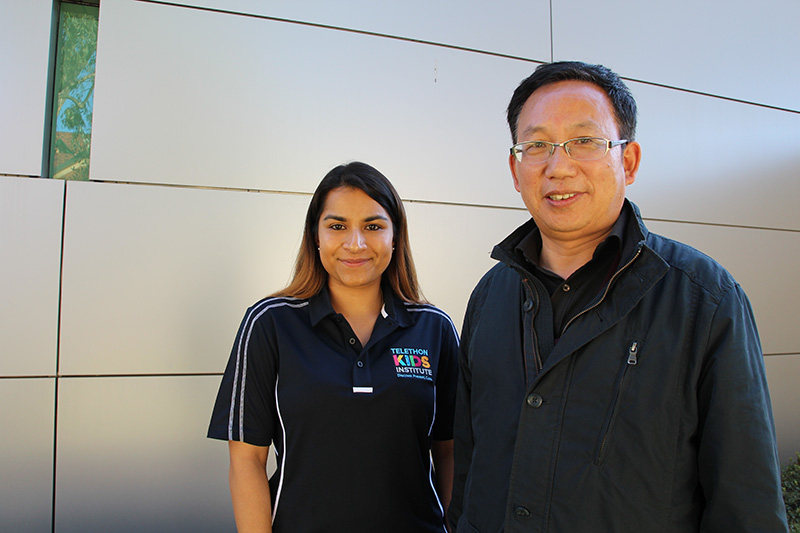Search
Research
Broad perspectives of allergen specific immunotherapyAllergen specific immunotherapy aims to subvert or divert immune responses to allergens to ones that do not cause immunological hypersensitivities.
Research
Randomized controlled trial of early regular egg intake to prevent egg allergyWe aimed to determine whether regular consumption of egg protein from 4-6 month old reduced the risk of IgE-mediated egg allergy in infants without eczema.
Research
International consensus (ICON) on: Clinical consequences of mite hypersensitivity, a global problemThe objectives of this document are to highlight aspects of mite biology that are clinically relevant and to update the current knowledge on mite allergens

News & Events
Chinese immigrants in Australia at higher risk of allergies, research showsChinese immigrants who live in a Western environment like Australia have an increased risk of allergies, hay fever and asthma, new research led by Curtin University and The Kids Research Institute Australia has found.
Research
Impact of the COVID-19 Pandemic on Tuberculosis ControlThroughout history, pandemics of viral infections such as HIV, Ebola and Influenza have disrupted health care systems, including the prevention and control of endemic diseases. Such disruption has resulted in an increased burden of endemic diseases in post-pandemic periods.
Research
Barriers and Considerations for Diagnosing Rare Diseases in Indigenous PopulationsAdvances in omics and specifically genomic technologies are increasingly transforming rare disease diagnosis. However, the benefits of these advances are disproportionately experienced within and between populations, with Indigenous populations frequently experiencing diagnostic and therapeutic inequities. The International Rare Disease Research Consortium (IRDiRC) multi-stakeholder partnership has been advancing toward the vision of all people living with a rare disease receiving an accurate diagnosis, care, and available therapy within 1 year of coming to medical attention. In order to further progress toward this vision, IRDiRC has created a taskforce to explore the access barriers to diagnosis of rare genetic diseases faced by Indigenous peoples, with a view of developing recommendations to overcome them.
Research
Preparing for Life: Plasma Proteome Changes and Immune System Development During the First Week of Human LifeNeonates have heightened susceptibility to infections. The biological mechanisms are incompletely understood but thought to be related to age-specific adaptations in immunity due to resource constraints during immune system development and growth. We present here an extended analysis of our proteomics study of peripheral blood-plasma from a study of healthy full-term newborns delivered vaginally, collected at the day of birth and on day of life (DOL) 1, 3, or 7, to cover the first week of life. The plasma proteome was characterized by LC-MS using our established 96-well plate format plasma proteomics platform.
Research
A platform in the use of medicines to treat chronic hepatitis C (PLATINUM C): protocol for a prospective treatment registry of real-world outcomes for hepatitis CSafe, highly curative, short course, direct acting antiviral (DAA) therapies are now available to treat chronic hepatitis C. DAA therapy is freely available to all adults chronically infected with the hepatitis C virus (HCV) in Australia. If left untreated, hepatitis C may lead to progressive hepatic fibrosis, cirrhosis and hepatocellular carcinoma.
Research
The cat lipocalin Fel d 7 and its cross-reactivity with the dog lipocalin Can f 1Fel d 7 is a common allergen in a Swedish cat-sensitized population that cross-reacts with Can f 1
Research
Distinguishing benign from pathologic TH2 immunity in atopic childrenIn addition to its role in blocking TH2 effector activation in the late-phase allergic response, IL-10 is a known IgG1 switch factor
